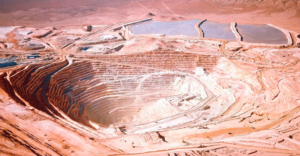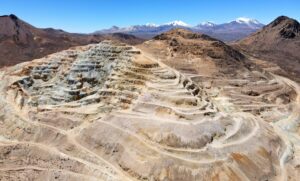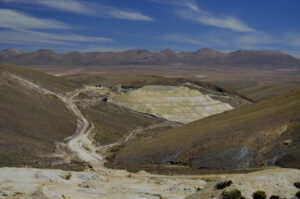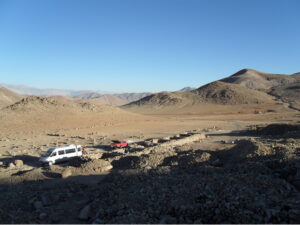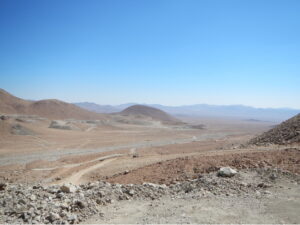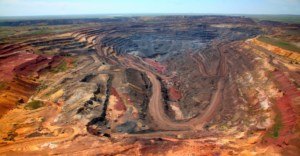
- Australia | 16 June 2017

Could you tell us about Venus Metals’ focus for 2017 and the commodities it’s primarily involved in?
Our primary focus is on commodities that are related to the battery industry, such as cobalt, zinc, lithium, and vanadium. In particular, we’re very excited about the potential for cobalt as a standout commodity because of the current trajectory of supply and demand and the price. The majority of cobalt supply currently comes from the Democratic Republic of Congo, but we have some exciting projects that are similar geologically to the Syerston project in NSW, where cobalt mineralization has been found in laterites at shallow depths and is expected to be amenable to the leaching process. We also expect that the supply issues in zinc will continue, which will contribute to the strengthening of zinc prices.
What is Venus Metal’s role in the lithium processing techniques research partnership with Murdoch University and Lithium Australia?
Venus Metals is co-funding a project with Lithium Australia to research solution purification and valuable by-products formation during the production of battery-grade lithium from micas. We have encountered lithium mica in recent drilling within our lithium tenements, and the current research will be highly beneficial to progress in our lithium projects.
How does Venus Metals build its portfolio of projects?
In the past few years, we have managed to acquire projects in Western Australia inexpensively during the downturn. With only 69 million shares on issue, Venus Metals has a very low number for a company that has been in existence for nearly a decade. Our main advantage is that we have virtually every commodity covered within our portfolio, with a very tight capital structure, and we have raised funds over the years at substantially higher rates than our initial listing price.
What could the government do to better support the junior sector in terms of encouraging greenfield exploration?
We were disappointed with the decision to remove tax credits to incentivize exploration in the junior sector. We felt that was a good flow-back scheme to shareholders. We have had great benefits from the mines department applying for co-funded drilling grants, and these types of incentives should remain to assist junior explorers in finding ore bodies that lead to mines. Junior explorers drive many sectors of the value chain, and someone needs to be lobbying on juniors’ behalf for more incentives during the downturn.
How does Venus Metals optimize its exploration targets?
Normally, for any exploration project, we rely mainly on geophysical techniques. However, the same technology may not work for the same mineralization in a different geological environment. There have been significant advances in geophysical technology, and we are currently using VTEM and IP geophysical surveys for delineating targets for base metals/gold.








